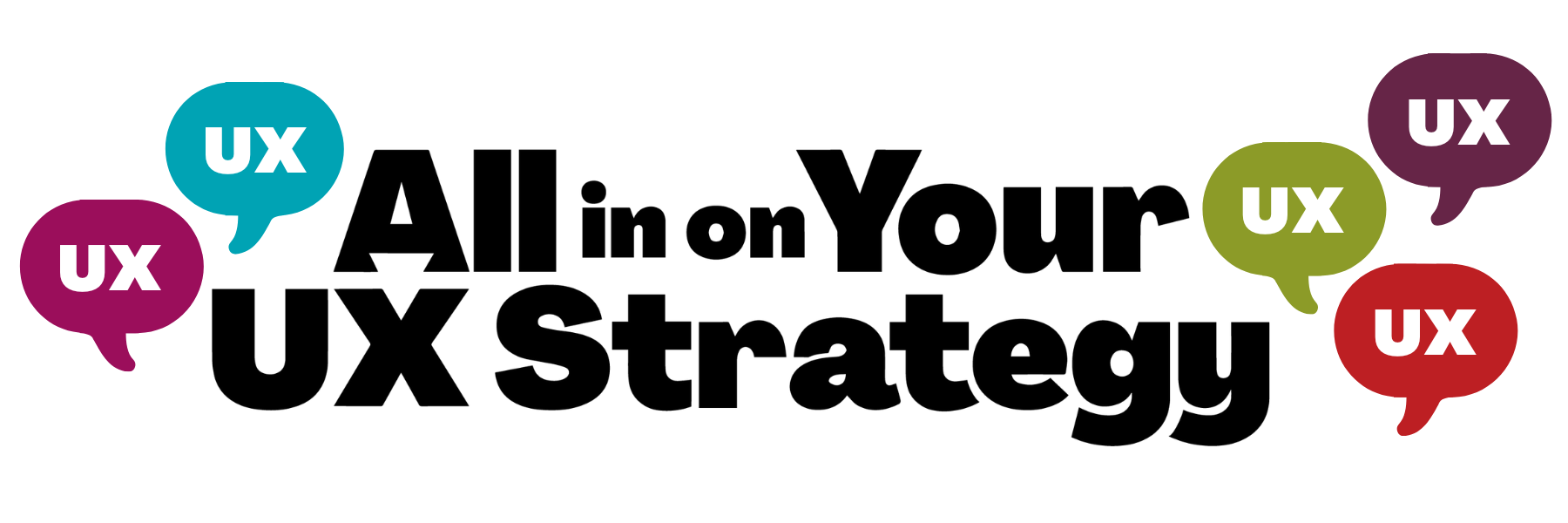Bridging Conceptual Gaps
Many usability problems are instances of what we call “conceptual gaps.” A conceptual gap arises because of some difference between the user’s mental model of the application and how the application actually works.

If the gap is large enough, it can stop the user’s work. For example, a user who wants to search the web for free local concerts may not know how to formulate a query that will yield this information. The gap between the search engine’s syntax and the user’s understanding of that syntax may prevent the user from accomplishing their goal.
Even subtle gaps can cause problems. For example, we asked users to find a summary of the best mutual funds using web search engines. When users looked at the search results, they didn’t know which companies were private investment brokers and which were independent sources like Morningstar.
The Yahoo, Lycos and Magellan search engines actually “know” this distinction, but users didn’t know they could access this information. Because of this gap, users had a harder time distinguishing between objective information and biased information. It didn’t keep them from proceeding with their task, but it did slow them down.
The Failure of Conventional Up-Front Methods
Product designers have historically dealt with gaps by giving the user lots of conceptual information up front via training, “getting started” manuals and tutorials. Although these approaches are better than nothing, they often are not optimal:
- Users aren’t getting work done while they’re learning. Users are increasingly reluctant to invest non-productive time learning, especially once they’ve used products that let them learn while they work.
- Up-front information is out of context. Users have no way of knowing which concepts are going to be important to their goals, so it is harder for them to absorb the relevant information.
- Users may not see it. In an informal study, we found that less than half of users of Windows applications claimed they read manuals or ran tutorials prior to using a product.
Spotting Gaps
We frequently see conceptual gaps when we conduct usability tests. You may have a gap if your users:
- Exhibit confusion
- Reach for a manual
- Make “mistakes” or do a task “the hard way”
- Are unaware of some of the product’s functionality
- Use terminology that is obsolete or from another product
When we observe these behaviors, we try to determine what the user expected at that point. Often, something in their background or experience with other software has shaped their expectations for the product, but they don’t realize that this product works differently. This information is the designer’s starting point.
The Risks of Ignoring Your Conceptual Gaps
Conceptual gaps may be difficult to find and fix, but ignoring them is worse. In the early PC software markets, leading products that didn’t address gaps ended up losing major market opportunities.
In the late ’80s, WordPerfect owned the word processing market on the PC. Yet the product required significant training to master its functionality. At one point, the aftermarket training industry for WordPerfect was estimated at over $750 million per year—An entire industry based on making one program easier to use.
History tells us that this can’t last. Competitors (Microsoft in this case) will identify the gaps, and build products to surpass them. Are you leaving gaps for your competition to fill?
All in on Your UX Strategy

Feel the passion you had when your UX career started. Go all in on your UX Strategy with our five bundled courses.
Each course dovetails together to build up your strategic expertise in the work you were born to do: improving the lives of your users, customers, and colleagues.
Get the new skills, practices, and perspectives you need to deliver your best and most fulfilling work for $2,996 • Or make 4 monthly payments of $749.
For $2,996, the All In on Your UX Strategy bundle includes:
🟢 UX Leadership & Influence
(Win Stakeholders and Influence Decisions program) - a $1,897 Value
🔵 Crafting + Leading a Strategic UX Vision course - a $499 Value
🟠 Advanced Strategic UX Research course - a $499 Value
🟣 Outcome-Driven UX Metrics course - a $499 Value
🔴 UX & Design in an AI World course - a $249 Value
The total value of all five courses: $3,643
Your price for the bundle: $2,996
You save $647
Learn more about what happens when you Go All in on Your UX Strategy.
(If you’ve taken one of these courses in the past, then let us know, and we’ll take the price of that course off your bundle price.)

